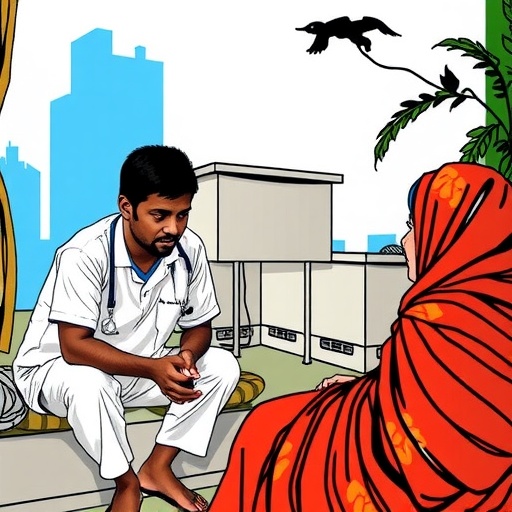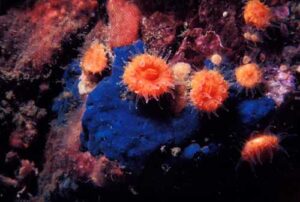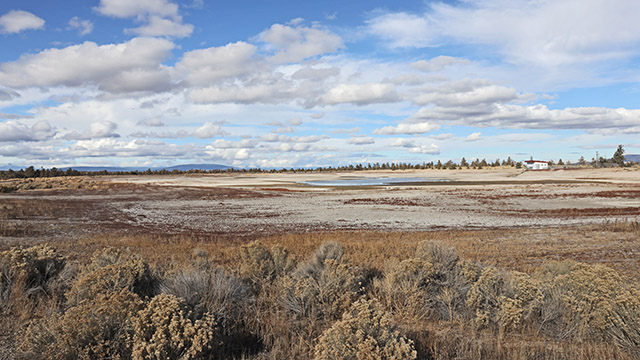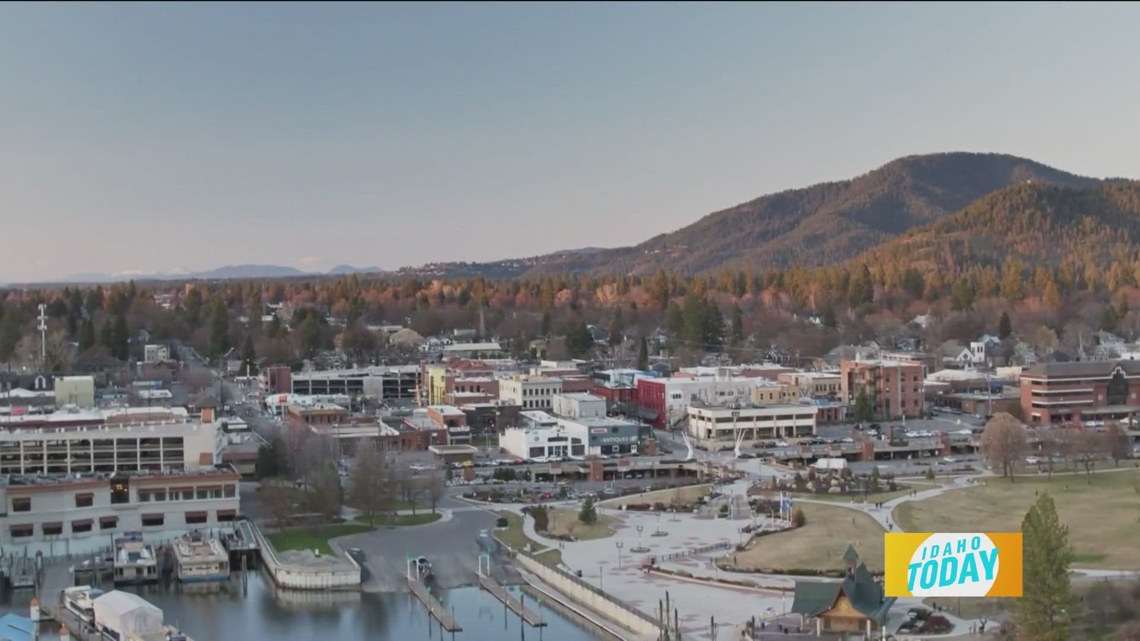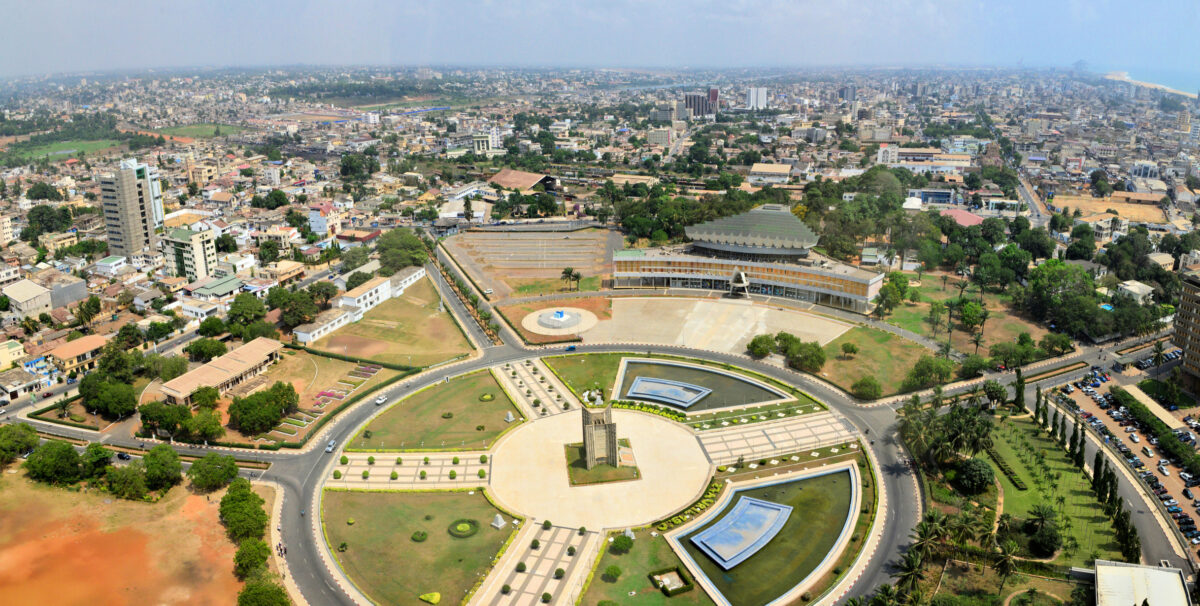Heard Island Glaciers Shrink as Climate Warming Accelerates Retreat and Scientists Plan New Voyages – Impacts for Travel, Tourism and Ecosystems – Travel And Tour World
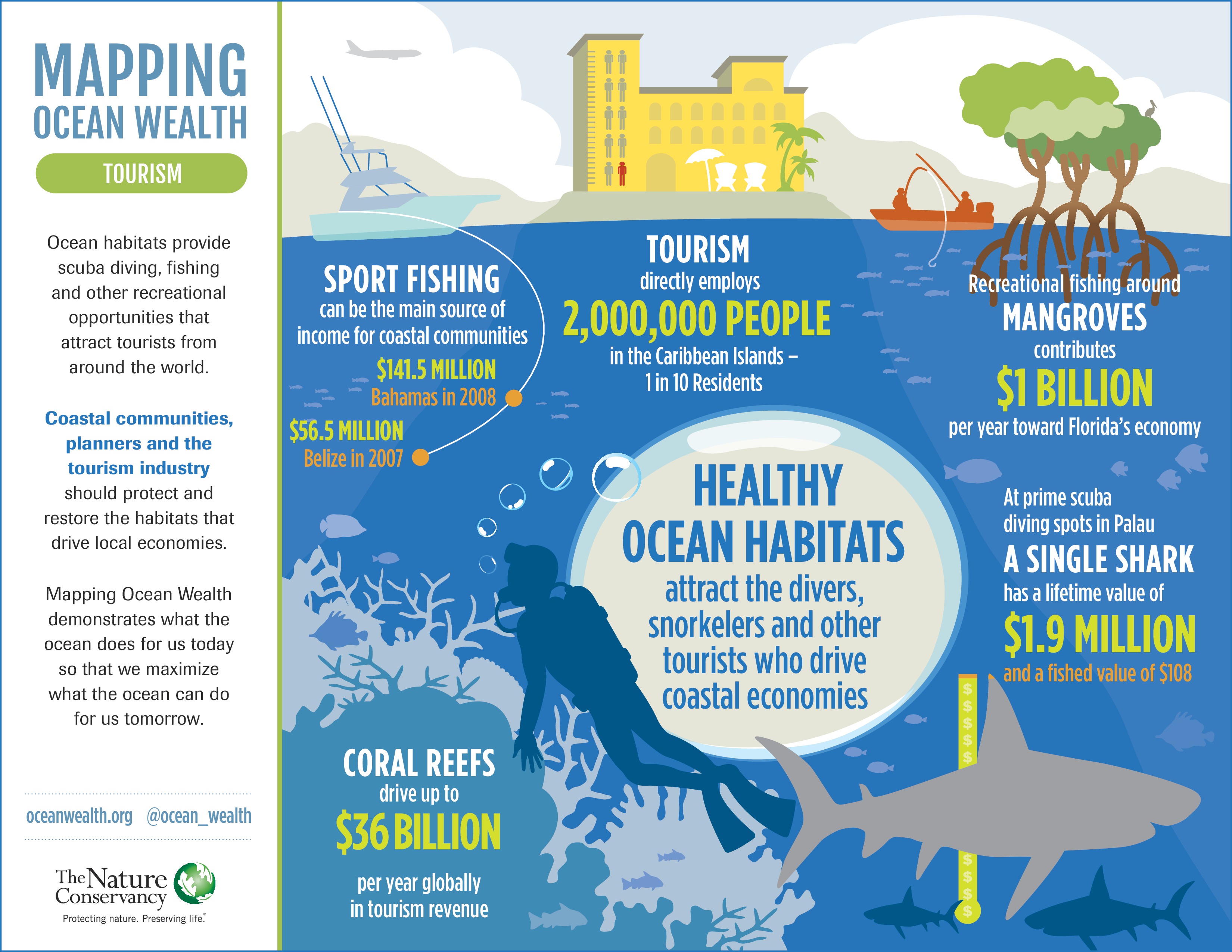
Report on Glacial Retreat on Heard Island and Implications for Sustainable Development Goals
Introduction: A Barometer for Global Climate Action (SDG 13)
Recent analysis indicates that glaciers on Heard Island, a remote sub-Antarctic UNESCO World Heritage site, have undergone significant retreat over the past 70 years, serving as a critical indicator of accelerating climate change. The island’s transformation provides irrefutable data on the impacts of global warming, directly challenging the international community’s progress toward achieving the United Nations Sustainable Development Goals (SDGs), most notably SDG 13 (Climate Action). This report details the glaciological changes, ecological consequences, and planned scientific responses, framing them within the context of global sustainability targets.
Analysis of Cryospheric and Climatic Changes
Quantifying Glacial Mass Loss
Topographical and satellite data reveal a severe and accelerating reduction in Heard Island’s ice cover. The findings underscore the urgency required to meet the goals of SDG 13.
- Total Reduction: Since 1947, the island’s glaciers have lost approximately 64 square kilometers of area, representing a 22-23% decline.
- Accelerated Retreat: The rate of retreat has nearly doubled since the late 1980s, indicating a non-linear response to environmental changes.
- Geographic Impact: The eastern slopes have been most affected, with the Stephenson Glacier retreating by six kilometers. Glaciers on the Laurens Peninsula have experienced significant thinning, with some smaller glaciers having disappeared entirely.
Primary Driver: Atmospheric Warming
The principal cause of this glacial melt is a documented rise in regional air temperature, estimated at approximately 0.7°C since the 1940s. This temperature increase, while seemingly minor, has crossed a critical threshold for glacier stability. Research confirms that the retreat is primarily attributable to climate change rather than localized volcanic or tectonic activity, linking the island’s fate directly to global greenhouse gas emissions.
Ecological Impacts and Threats to Biodiversity (SDG 14 & SDG 15)
Disruption of Terrestrial and Marine Ecosystems
The retreat of ice is fundamentally altering the island’s fragile ecosystem, jeopardizing progress on SDG 15 (Life on Land) and SDG 14 (Life Below Water).
- Habitat Degradation: The unique wildlife, including king penguins, elephant seals, and endemic bird species, depends on the stable interface between ice, land, and ocean. The loss of ice threatens critical breeding and foraging habitats.
- Threats to Flora and Fauna: Native plant populations, adapted to cold conditions, face stress from a warming climate and unstable terrain, making them unable to adapt to the rapid pace of change.
Emergent Environmental Vulnerabilities
The changing landscape introduces new environmental risks that compromise the island’s ecological integrity.
- New Landforms: The emergence of meltwater lakes and freshly exposed, unstable soil creates new, vulnerable environments.
- Invasive Species Risk: Newly exposed terrain is susceptible to colonization by non-native flora and fauna introduced via wind, ocean currents, or human activity, posing a direct threat to the native ecosystem as outlined in SDG 15.
- Coastal Erosion: The loss of protective ice cover is expected to increase the rate of coastal erosion.
Scientific Initiatives and Collaborative Efforts (SDG 9 & SDG 17)
Planned Research Expeditions
In response to these changes, the Australian Antarctic Program has scheduled two scientific voyages to Heard Island and the McDonald Islands in 2025, the first in over two decades. These expeditions represent a vital investment in scientific infrastructure and knowledge, aligning with SDG 9 (Industry, Innovation and Infrastructure). A multidisciplinary team of glaciologists, biologists, oceanographers, and climate modelers will participate, fostering the collaborative spirit of SDG 17 (Partnerships for the Goals).
Research Objectives and Contribution to Global Knowledge
The expeditions aim to provide critical data for global climate science and policy.
- To precisely determine the extent of glacial melt and identify new geomorphological instabilities.
- To gauge the corresponding shifts in biological communities and ecological processes.
- To develop forward-looking models projecting the region’s future under both reduced and unchecked global emissions scenarios, providing actionable intelligence for SDG 13.
- To strengthen the global scientific understanding of cryosphere-ecosystem interactions in a rapidly warming world.
Implications for Responsible Exploration and Sustainable Practices (SDG 8 & SDG 12)
Redefining Remote Area Exploration
While not a commercial tourism destination, Heard Island is a key site for scientific and conservation voyages. The rapid environmental changes demand a new paradigm for remote exploration, one grounded in principles of sustainability and responsibility.
Challenges and Responsibilities
Future expeditions to Heard Island and similar fragile environments face new operational and ethical considerations.
- Logistical Hazards: Navigating unstable coastlines, unpredictable weather, and hidden crevasses in melt zones increases operational risk.
- Ecological Stewardship: Expeditions must implement stringent protocols to avoid damaging nascent ecosystems or introducing invasive species, aligning with the principles of SDG 12 (Responsible Consumption and Production).
- A Model for Sustainable Tourism: The challenges at Heard Island serve as a case study for the broader expedition cruise industry, highlighting the need to develop sustainable operational models that contribute positively to conservation and science, in line with the aims of SDG 8 (Decent Work and Economic Growth).
Conclusion: Heard Island as a Global Imperative for Climate Action
A Call for Urgent Action on SDG 13
The degradation of Heard Island’s glaciers is not a localized phenomenon but a clear manifestation of a global climate crisis driven by human activity. As an uninhabited landmass, the island provides an unadulterated baseline for measuring the planetary impact of climate change. The data from this open-air laboratory underscores a critical message: delaying meaningful global action on climate change will result in the irreversible loss of unique ecosystems and invaluable natural heritage. The fate of Heard Island is a testament to the interconnectedness of the global climate system and reinforces the urgent need for a committed, worldwide effort to achieve SDG 13 and the broader 2030 Agenda for Sustainable Development.
Identified Sustainable Development Goals (SDGs)
SDG 13: Climate Action
The article is fundamentally centered on SDG 13, as it details the direct consequences of climate change on Heard Island. The entire narrative—from the shrinking glaciers to the planned scientific voyages—is framed around understanding and responding to climate impacts. The text explicitly states that the glacier retreat is “an alarming indicator of the impact of climate change” and attributes the melting to a “rise of the air temperature,” directly linking the observed phenomena to global warming.
SDG 14: Life Below Water
The article connects to SDG 14 by discussing the broader environmental context of Heard Island, which is located in the “extreme southern ocean.” It mentions that the changes on the island are part of a larger pattern that includes “the warming of the Southern Ocean” and “rising sea levels.” The impact on coastal ecosystems is also highlighted through the risk of “coastal erosion” and the effect on marine-dependent species like seabirds whose nesting grounds are threatened.
SDG 15: Life on Land
SDG 15 is prominently addressed through the detailed discussion of the impacts on the island’s terrestrial ecosystems and biodiversity. The article notes that the island, a UNESCO World Heritage site, has a “varied wildlife population, which includes the king penguins, the elephant seals, and numerous species of unique birds and plants.” It warns that these species are threatened by habitat loss and that the newly exposed terrain creates “new vulnerabilities” for invasion by non-native flora and fauna, directly threatening the native biodiversity.
SDG 17: Partnerships for the Goals
The article highlights the importance of collaboration in addressing the challenges, which is the core of SDG 17. It describes the “two planned voyages to Heard Island” by the Australian Antarctic Program, which will bring together a multi-disciplinary team of “biologists, oceanographers, and climate modelers, as well as glaciologists.” This scientific collaboration is a clear example of a partnership aimed at gathering data and enhancing knowledge to achieve sustainable development goals.
Specific SDG Targets
SDG 13: Climate Action
- Target 13.1: Strengthen resilience and adaptive capacity to climate-related hazards and natural disasters. The article discusses new hazards like “hidden crevasses, and unstable coastal melt zones” that arise from the melting glaciers, requiring advanced planning for scientific voyages.
- Target 13.3: Improve education, awareness-raising and human and institutional capacity on climate change mitigation, adaptation, impact reduction and early warning. The article positions Heard Island as an “early warning system” and a “case study for responsible exploration” that serves as an “alarming reminder” to policymakers and the public about the urgency of climate action.
SDG 14: Life Below Water
- Target 14.2: By 2020, sustainably manage and protect marine and coastal ecosystems to avoid significant adverse impacts. The article’s focus on the threats to the Southern Ocean ecosystem, including “coastal erosion” and shifting nesting grounds for marine birds, aligns with this target.
- Target 14.a: Increase scientific knowledge, develop research capacity and transfer marine technology… in order to improve ocean health. The planned scientific voyages are explicitly designed to do this by studying the ocean and its interaction with the melting ice to create “forward-moving predictions for the region.”
SDG 15: Life on Land
- Target 15.5: Take urgent and significant action to reduce the degradation of natural habitats, halt the loss of biodiversity and, by 2020, protect and prevent the extinction of threatened species. The article directly addresses this by highlighting the risks to the island’s unique wildlife, including “king penguins, the elephant seals, and numerous species of unique birds and plants,” due to habitat loss from melting glaciers.
- Target 15.8: By 2020, introduce measures to prevent the introduction and significantly reduce the impact of invasive alien species on land and water ecosystems. The article specifically mentions that as new soil is exposed, the “area can now be invaded by flora and fauna through wind, water, and even human activity.”
SDG 17: Partnerships for the Goals
- Target 17.16: Enhance the global partnership for sustainable development, complemented by multi-stakeholder partnerships. The planned scientific expeditions, involving government (Australian Antarctic Program) and a diverse group of scientists (biologists, oceanographers, etc.), exemplify a multi-stakeholder partnership to gather critical climate data.
Implied Indicators for Measurement
SDG 13: Climate Action
- Glacier Area Loss: The article provides a specific metric: “glaciers on Heard Island lost a staggering 64 square kilometers of coverage from 1947, which is a 22 to 23 percent decline.” Continued monitoring of this area would serve as a direct indicator.
- Rate of Glacier Retreat: The text states that retreat rates have “become nearly double compared to resorted before the 80s.” This rate is a key indicator of accelerating climate change.
- Air Temperature Change: The article identifies the primary driver as a “rise of the air temperature, which has been estimated to increase since the 1940s at 0.7 degrees Celsius.” This is a quantifiable indicator.
SDG 14: Life Below Water
- Extent of Coastal Erosion: The article mentions that “The extent of coastal erosion could also increase.” Measuring changes in the coastline would be an indicator of this impact.
- Changes in Oceanographic Patterns: The scientific voyages aim to study “newer wind and ocean current patterns” and the “warming of the Southern Ocean,” which are measurable indicators of marine ecosystem health.
SDG 15: Life on Land
- Population of Key Species: The article mentions threats to “king penguins, the elephant seals, and numerous species of unique birds.” Monitoring the populations of these species would be an indicator of biodiversity loss or stability.
- Presence of Invasive Species: The risk of invasion by non-native flora and fauna is noted. Monitoring programs to detect the arrival of such species would be a direct indicator related to Target 15.8.
- Area of Exposed Land: The emergence of “freshly exposed soil and rocky terrain” is a measurable indicator of habitat change on the island.
SDG 17: Partnerships for the Goals
- Number and Scope of Scientific Expeditions: The article mentions “two planned voyages” in 2025. The number of such collaborative international research missions can serve as an indicator of partnership efforts.
Summary of Findings
| SDGs | Targets | Indicators |
|---|---|---|
| SDG 13: Climate Action | 13.1: Strengthen resilience to climate-related hazards. 13.3: Improve education and awareness on climate change. |
– Glacier area loss (~64 km²). – Rate of glacier retreat (doubled since the 1980s). – Rise in air temperature (~0.7°C since the 1940s). |
| SDG 14: Life Below Water | 14.2: Protect marine and coastal ecosystems. 14.a: Increase scientific knowledge to improve ocean health. |
– Changes in coastal erosion. – Warming of the Southern Ocean. – Shifts in ocean current patterns. |
| SDG 15: Life on Land | 15.5: Halt biodiversity loss. 15.8: Prevent and reduce the impact of invasive alien species. |
– Population trends of key species (penguins, seals, birds). – Detection of invasive flora and fauna. – Area of newly exposed soil and rock. |
| SDG 17: Partnerships for the Goals | 17.16: Enhance multi-stakeholder partnerships for sustainable development. | – Number of collaborative scientific voyages (two planned for 2025). – Collaboration between different scientific fields (biologists, oceanographers, etc.). |
Source: travelandtourworld.com

What is Your Reaction?
 Like
0
Like
0
 Dislike
0
Dislike
0
 Love
0
Love
0
 Funny
0
Funny
0
 Angry
0
Angry
0
 Sad
0
Sad
0
 Wow
0
Wow
0


-1920w.png?#)








